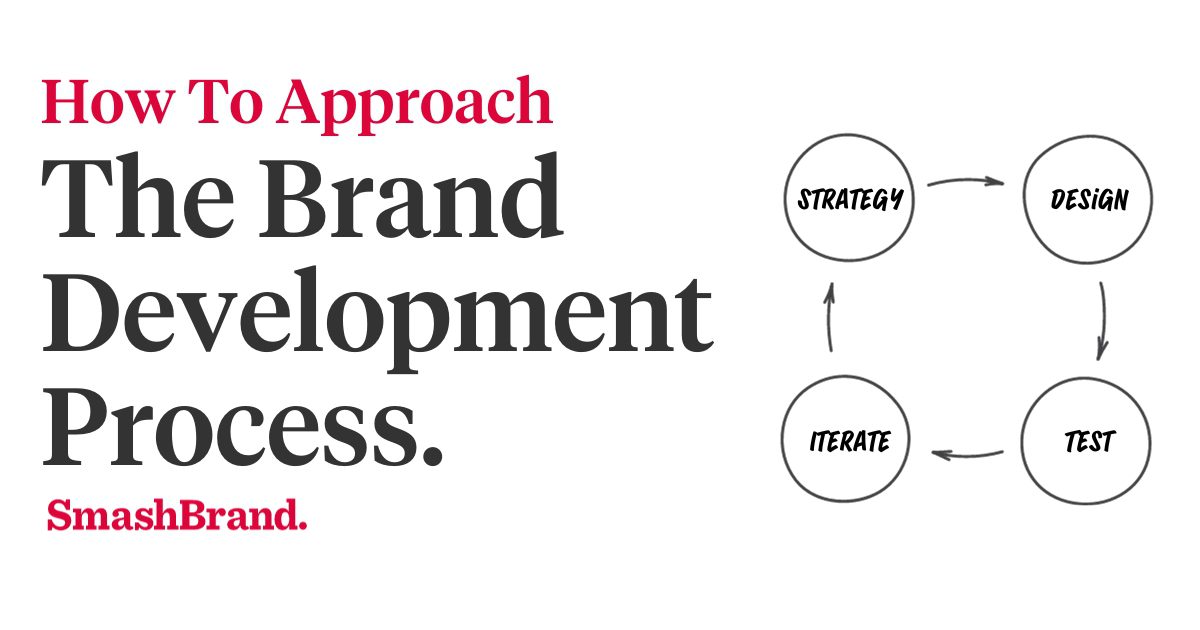
In the ever-evolving business landscape, brand development is crucial for establishing a distinct identity and fostering long-term success. It involves creating and refining a brand’s image, values, and market position to connect with consumers and stand out from the competition.
This article delves into the essentials of brand development, including its definition, importance, key steps, and best practices for achieving a strong and resilient brand.
What is Brand Development?
Brand development is the process of creating and evolving a brand to establish a unique identity and presence in the market. It encompasses defining the brand’s core values, positioning, and messaging, and then implementing strategies to communicate and reinforce these elements effectively.
Brand development aims to build a positive and recognizable brand that resonates with target audiences and supports business growth.
Why is Brand Development Important?
- Establishes Market Identity: Brand development helps create a distinctive identity that sets a company apart from competitors. A well-defined brand identity makes it easier for consumers to recognize and remember the brand.
- Builds Consumer Trust: A strong brand conveys reliability and consistency, which fosters trust and credibility. Consumers are more likely to choose and remain loyal to a brand they trust.
- Drives Customer Loyalty: Effective brand development enhances customer satisfaction and loyalty by aligning the brand’s values and messaging with consumers’ expectations and preferences.
- Supports Business Growth: A well-developed brand can open new market opportunities, attract new customers, and support expansion efforts. It provides a solid foundation for launching new products or entering new markets.
- Enhances Competitive Advantage: A unique and compelling brand differentiates a company from its competitors. It creates a competitive edge that can lead to increased market share and profitability.
Key Steps in Brand Development
- Conduct Market Research: Begin by researching the market, including your target audience, competitors, and industry trends. Understand consumer needs, preferences, and behaviors to inform your brand strategy.
- Define Your Brand’s Core Values and Mission: Clearly articulate the brand’s core values, mission statement, and vision. These elements should reflect what your brand stands for and guide all brand-related decisions.
- Develop Your Brand’s Unique Value Proposition: Identify what makes your brand unique and how it addresses the needs of your target audience better than competitors. This unique value proposition (UVP) will serve as the foundation for your brand messaging.
- Create a Brand Identity: Design visual elements such as the logo, color palette, typography, and imagery that represent your brand. Ensure that these elements are consistent and align with your brand’s values and UVP.
- Craft Your Brand Messaging: Develop key messaging that communicates your brand’s value proposition, benefits, and personality. This messaging should be clear, compelling, and tailored to resonate with your target audience.
- Develop a Brand Strategy: Create a comprehensive brand strategy that outlines how you will position your brand in the market, engage with your audience, and achieve your brand objectives. This strategy should include marketing, communication, and engagement plans.
- Implement Your Brand Across All Touchpoints: Ensure that your brand identity and messaging are consistently applied across all channels and touchpoints, including your website, social media, advertising, and customer interactions.
- Monitor and Evaluate Brand Performance: Regularly assess the effectiveness of your brand development efforts through metrics such as brand awareness, customer feedback, and market performance. Use these insights to make informed adjustments and improvements.
- Adapt and Evolve: Stay responsive to changes in the market, consumer behavior, and industry trends. Be prepared to adapt your brand strategy and development efforts to maintain relevance and competitiveness.
Best Practices for Effective Brand Development
- Be Authentic: Ensure that your brand’s identity and messaging are authentic and aligned with your company’s values and mission. Authenticity helps build trust and credibility with your audience.
- Focus on Customer Experience: Prioritize delivering exceptional customer experiences that reinforce your brand’s values and promise. Positive interactions with your brand contribute to customer satisfaction and loyalty.
- Maintain Consistency: Consistency in branding elements, messaging, and customer interactions is key to building a strong and recognizable brand. Ensure that all brand touchpoints reflect a unified identity.
- Engage with Your Audience: Actively engage with your audience through various channels, including social media, content marketing, and customer feedback. Building relationships with your audience fosters brand loyalty and advocacy.
- Leverage Brand Storytelling: Use storytelling to communicate your brand’s values, mission, and unique attributes. Compelling brand stories can create emotional connections with your audience and enhance brand recall.
- Invest in Brand Training: Educate employees and stakeholders about your brand’s values, identity, and messaging. Training ensures that everyone involved in representing the brand is aligned and consistent.
- Monitor Industry Trends: Stay informed about industry trends and emerging technologies that may impact your brand. Being aware of these trends allows you to adapt your brand strategy and remain competitive.
- Measure Brand Equity: Evaluate brand equity through metrics such as brand awareness, customer loyalty, and brand perception. Understanding your brand’s equity helps you gauge its impact and effectiveness.
Conclusion
Brand development is a strategic and ongoing process that plays a pivotal role in building a strong and resilient brand. By conducting thorough market research, defining core values, creating a compelling brand identity, and implementing effective strategies, businesses can establish a distinctive presence and foster long-term success.
Consistent monitoring and adaptation ensure that the brand remains relevant and continues to resonate with consumers in an ever-changing market.

